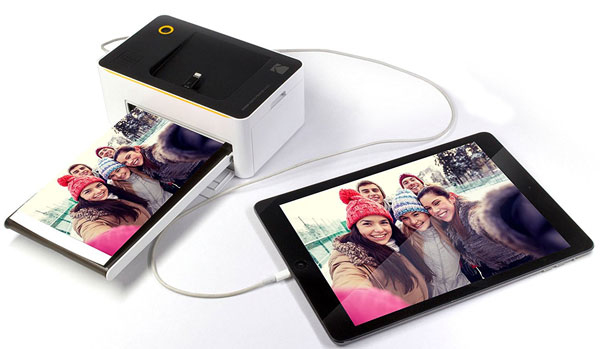
We assess all our printers on our printing test bench and compare the results against the other printers we've tested. Lastly, check the printer's speed, multi-function capabilities, and control panel, among other things. Some portable printers use thermal paper instead of regular ink, but despite the added cost, they'll offer greater portability. Check the cost of the ink to get a clear idea of how much you could be spending each month. Make sure to consider whether you'll be printing more text-oriented material or image and graphic-oriented files. If you want a hassle-free printing experience, go for a portable printer that offers wireless connectivity and support for protocols like Apple AirPrint. You'll want to assess the connectivity options. Smaller printers are not designed to meet heavy printing needs, so you'll want to check how many pages a month the printer can deliver. When selecting a portable printer for yourself, you'll want to start with evaluating the machine's size, weight, and printing capacity. How to choose the best portable printers for you?


Check out our picks for the best photo printers.You can connect the printer to computers and smartphones through USB or Bluetooth, but since there's no Wi-Fi connectivity, you can't use Apple AirPrint, Google Cloud Print, Mopria, and other connection that rely on Wi-Fi. With a battery that lasts for 100 prints and no ink limitations, you really can print from anywhere with this rugged and highly portable device. What differentiates this model from most portable printers is the addition of MFi (Made For iPhone), making it easier to sync with Mac and iOS devices over Bluetooth.

By using thermal imprinting, instead of impact printing which requires ink and many more moving parts, this battery-powered device requires no consumables other than the special thermal paper. This portable printer could almost slide into a jacket pocket, yet it can print onto A4-sized paper.


 0 kommentar(er)
0 kommentar(er)
